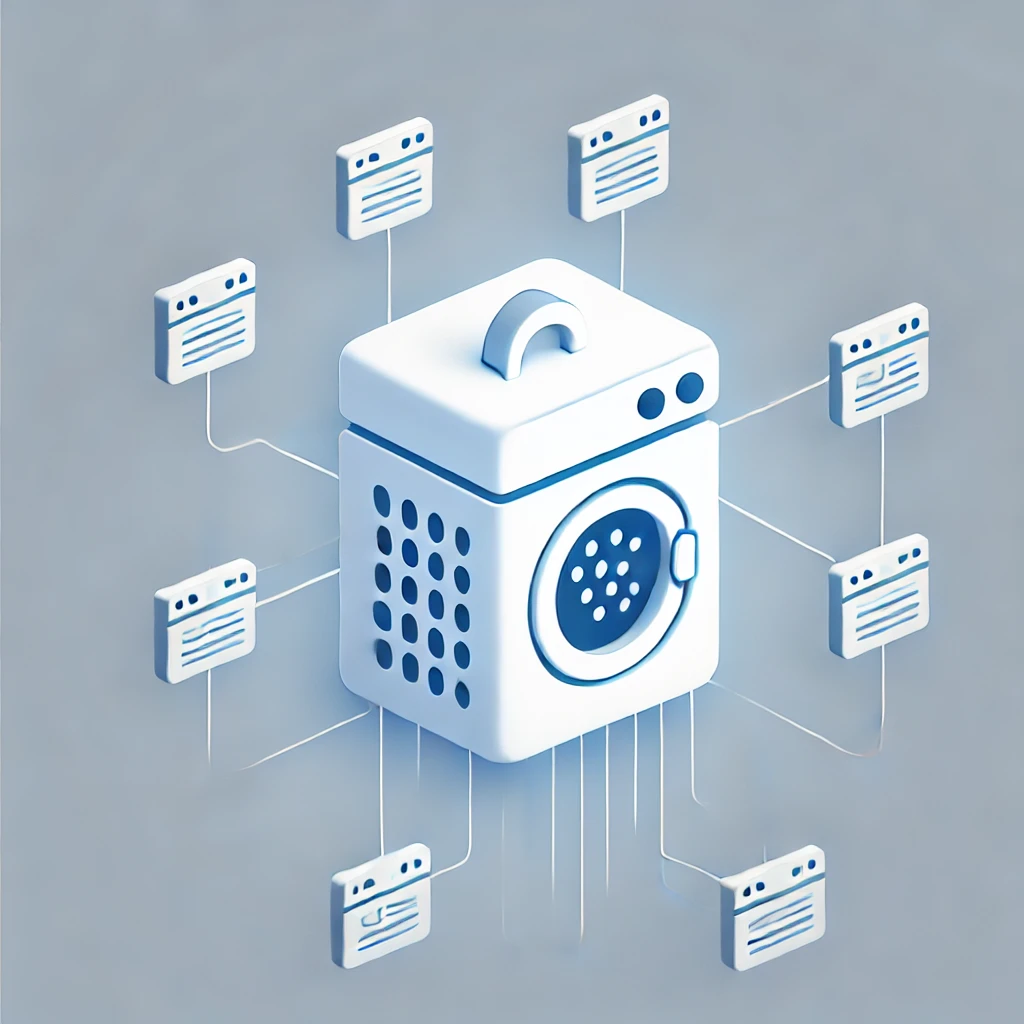In May 2024, ASD, along with our partners at the Institute for Strategic Dialogue and the University of Amsterdam, published a report documenting roughly 400 domains—ranging from mirror sites and content aggregators to faux local news outlets and sites ostensibly focused on spirituality and men’s interests—that republished articles that were identical or nearly identical to those that originated on Russian state media outlet RT.com. That report highlighted the urgent need for an ongoing monitoring system to detect websites laundering content from Russian state media outlets—particularly those targeting audiences in the United States. To that end, we have paired two of ASD’s tools: the Hamilton 2.0 Dashboard, which tracks, among other things, articles published by Russian state-controlled media outlets, and the Information Laundromat, a tool that can help to detect duplicate or near-duplicate content on the open web.
This dashboard aims to provide near real-time insights into how Russian state-sponsored propaganda infiltrates and influences our digital information environment. By monitoring where content from RT and RT en Español is being republished or amplified across the open web, this system can identify Russian content laundering sites before they reach a wider audience in the United States and abroad. This will allow stakeholders to implement countermeasures, including but not limited to flagging content for factcheckers or raising public awareness about websites acting as fronts for Russian propaganda.
During critical periods like elections, every narrative and piece of information can impact voter perceptions and behavior. This tool is a frontline defense against foreign information manipulation undermining the democratic process.
How It Works
Each day, we will run recently published articles from RT and RT en Español through the Information Laundromat to identify where that content has been reposted or cited. This tracking is visualized in a dynamic dashboard that presents data in two main ways:
Top Matches by Source: This visualization shows which websites are most frequently reposting or sharing content from RT Español and RT International, highlighting the sites that are systemic rather than episodic amplifiers of Russian state media.
Top Matches by Search Engine: This part of the dashboard maps the search engines (and plagiarism detection tools) where Russian content laundering sites were discovered, highlighting where people are most likely to encounter specific types of content launderers.
The detailed explorer section provides a granular look at individual instances of RT content laundering, allowing users to investigate specific articles and where those articles were potentially reposted. This continuous monitoring process ensures that the spread of Russian messaging, and any potential disinformation narratives, can be tracked in real time, providing crucial insights into how Russian state media content proliferates across the web.
Like the methodology employed in the “Russian Propaganda Nesting Doll” report, we employ thresholds to minimize potential spurious matches. For a domain and the accompanying results to be included on the dashboard, it must have matched a queried RT article at least 10 times with any average match score, six to 10 times with an average match score > 60%, two to five times with an average match score > 75%, or once with an average match score >90%. (Read more about match scores here.) Each individual result is kept only if it exceeds a 60% match score with the source query (without regard to the domain).






